Looks like you can start pre-ordering on December 22! I've never owned a top of the line GPU, but Im about too!
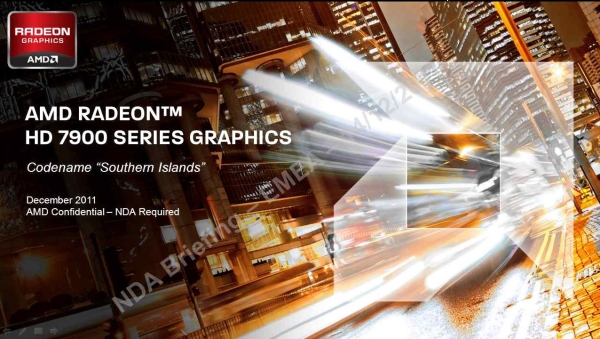
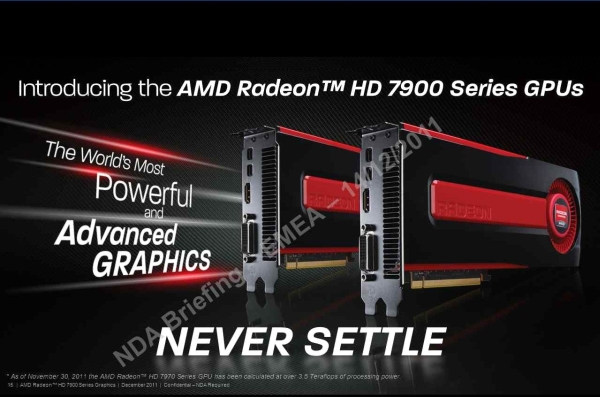
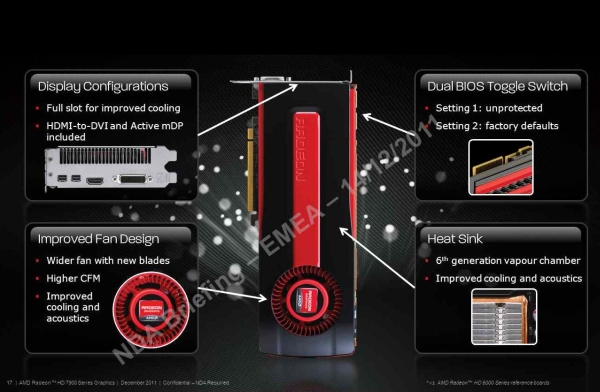
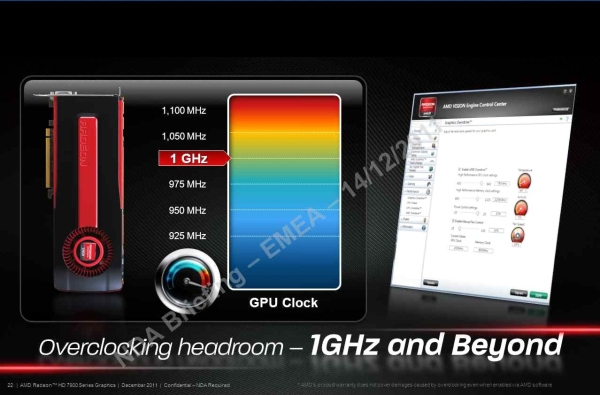
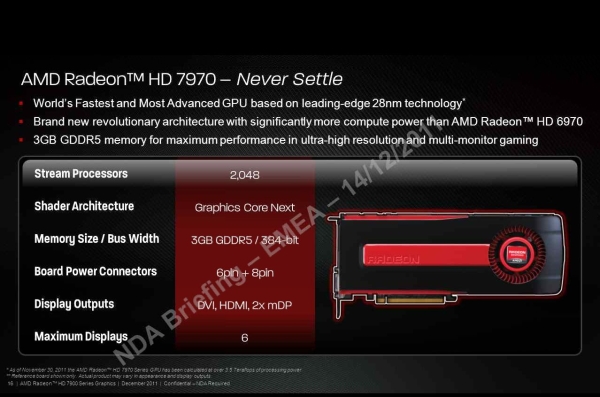
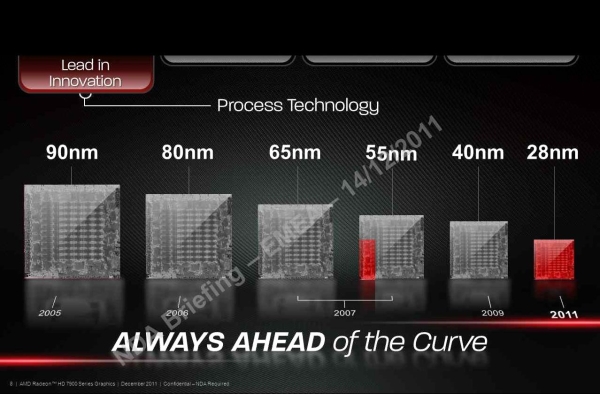
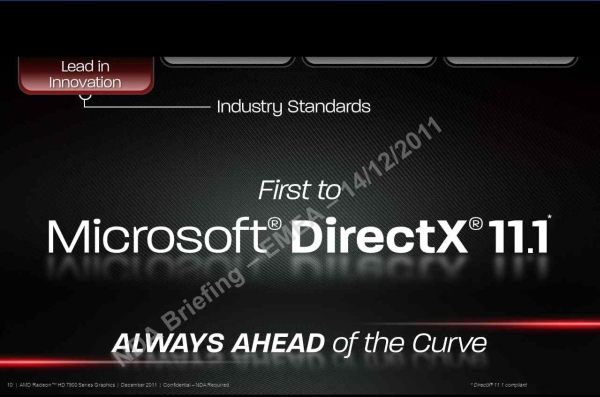
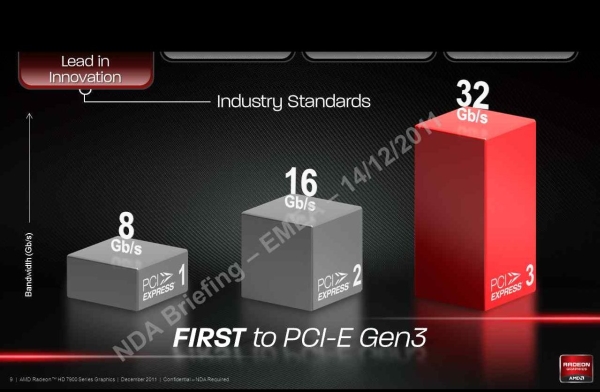
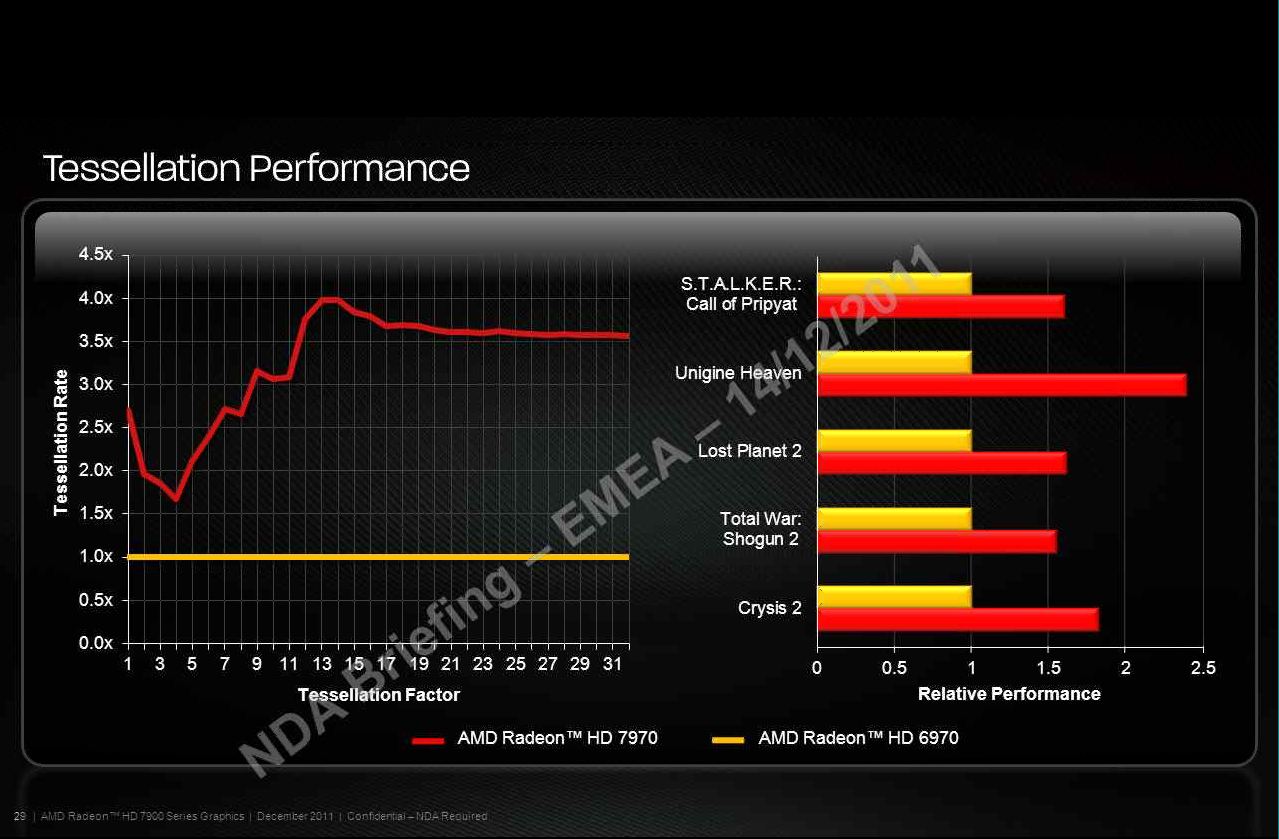
Dozens of new sites wrote:
In a surprising move, AMD pulled the launch date of Radeon HD 7970, a high-performance single-GPU graphics card based on the 28 nm Tahiti silicon, up to December 22, 2011; from its earlier launch date of January 09, 2012. The January date was a lot more than speculation, as older presentation slides from AMD to distributors and retailers talked specifically about it. The move to pull December 22 (next Thursday) spices things up in the run up for CES. First, it gives AIB partners full freedom to show off their custom-design graphics cards at the event, along with full details about GPU specifications and clock speeds.
According to a VR-Zone report, Radeon HD 7970 will launch on December 22, 2011, this will be the day you will be able to read reviews of the card (at least the AMD reference design board), online. It will be a limited launch (read: paper-launch), but one can expect “full” retail availability of the card by January 09. Another interesting bit of information is concerning the Radeon HD 7950. This card will be available in non-reference board designs from day one, it will however launch on January 09.
Techpowerup.com wrote:
AMD Radeon HD 7970 launch is just around the corner. Ahead of its launch, AMD conducted its usual press briefing. DonanimHaber has access to some of the slides shown in that meeting. Earlier this day, we brought you perhaps the most important of them all, specifications. Let's take a look at the reference board design itself. AMD is sticking to the black+red colour scheme, and has come up with a swanky new cooling assembly design. The design, unlike those of higher-end Radeon HD 6000 series graphics cards, is surprisingly curvy and features dashes of red plastic making up its contours, surrounded by tougher black ABS.
A welcome change here from the previous generations, is that the card is truly single-slot capable, when say, a single-slot full-coverage water block is used. High-end cards from previous generation HD 5000 and HD 6000 have a dual DVI connector cluster that extends into two expansion slots, which many enthusiasts found to be annoying, especially when setting up benches with four single-GPU graphics cards in scenarios where PCI-Express slot spacing isn't kind. Moving on to display connectivity, the card has one DVI, one HDMI, and two mini-DisplayPort connectors, all arranged in the confines of a single expansion slot. The space of the second slot is dedicated to a hot-air exhaust of the cooling assembly. All board partners are required to ship HDMI-to-DVI dongles, and active mini-DP dongles.
The cooler uses a full-coverage vapor-chamber plate to collect heat from all major components on the obverse side of the card, and convey it to the aluminum fin channel array attached to it. These components include the 4.3 billion transistor Tahiti GPU, 12 GDDR5 memory chips, and MOSFETs found across the various V-reg areas of the card. The aluminum fin channel array is ventilated by a blower. AMD claims to have improved the blower design from previous generations to have higher air-flow and improved acoustics.
Like with the HD 6900 series, the HD 7900 series reference boards feature two sets of BIOS, located in two separate EEPROM chips that can be toggled using a small switch on the top of the card (next to the CFBI connectors). The 1st EEPROM is "unprotected", it packs reference speeds, but you can flash it with your own modified BIOS. The second EEPROM is "protected" from flashes, and packs failsafe reference speeds. It's your insurance against BIOS flashing screw-ups, and cuts down the cumbersome process of BIOS recovery using a second display card, or the rocket-science of "blind-flashing".
Lastly, AMD talks about overclocking headroom. The HD 7970 looks to have default core speed of "a little over 900 MHz", could be 925 MHz for all we know, looking at that last slide. AMD says that overclocking to 1 GHz core is well within reach using the reference cooler, "and beyond".









Last edited by (T)eflon(S)hadow (2011-12-16 15:13:38)




